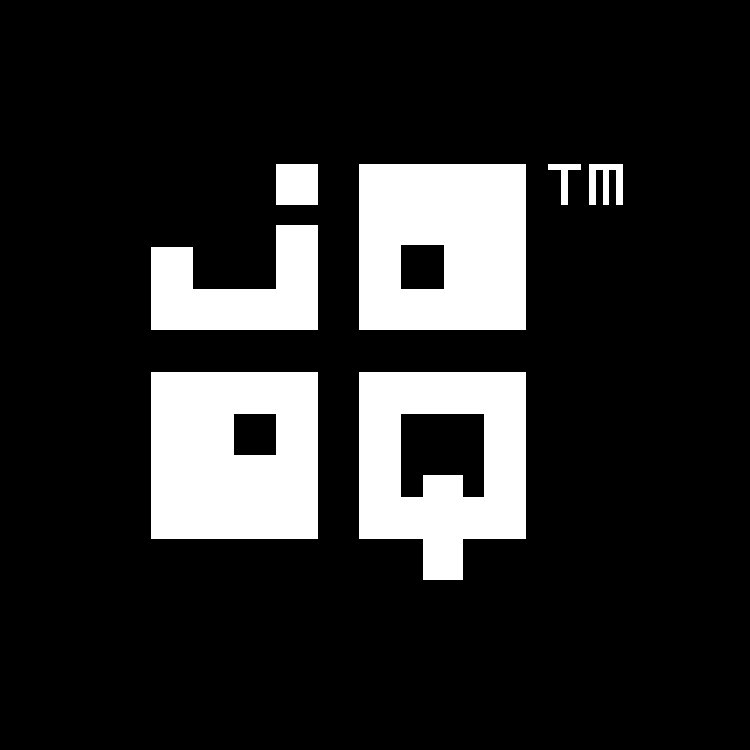Available in versions: Dev (3.21) | Latest (3.20) | 3.19 | 3.18 | 3.17 | 3.16 | 3.15 | 3.14 | 3.13 | 3.12 | 3.11
Relational division
Applies to ✅ Open Source Edition ✅ Express Edition ✅ Professional Edition ✅ Enterprise Edition
There is one operation in relational algebra that is not given a lot of attention, because it is rarely used in real-world applications. It is the relational division, the opposite operation of the cross product (or, relational multiplication). The following is an approximate definition of a relational division:
Assume the following cross join / cartesian product C = A × B Then it can be said that A = C ÷ B B = C ÷ A
With jOOQ, you can simplify using relational divisions by using the following syntax:
C.divideBy(B).on(C.ID.eq(B.C_ID)).returning(C.TEXT)
The above roughly translates to
SELECT DISTINCT C.TEXT FROM C "c1"
WHERE NOT EXISTS (
SELECT 1 FROM B
WHERE NOT EXISTS (
SELECT 1 FROM C "c2"
WHERE "c2".TEXT = "c1".TEXT
AND "c2".ID = B.C_ID
)
)
Or in plain text: Find those TEXT values in C whose ID's correspond to all ID's in B. Note that from the above SQL statement, it is immediately clear that proper indexing is of the essence. Be sure to have indexes on all columns referenced from the on(...) and returning(...) clauses.
For more information about relational division and some nice, real-life examples, see

Feedback
Do you have any feedback about this page? We'd love to hear it!